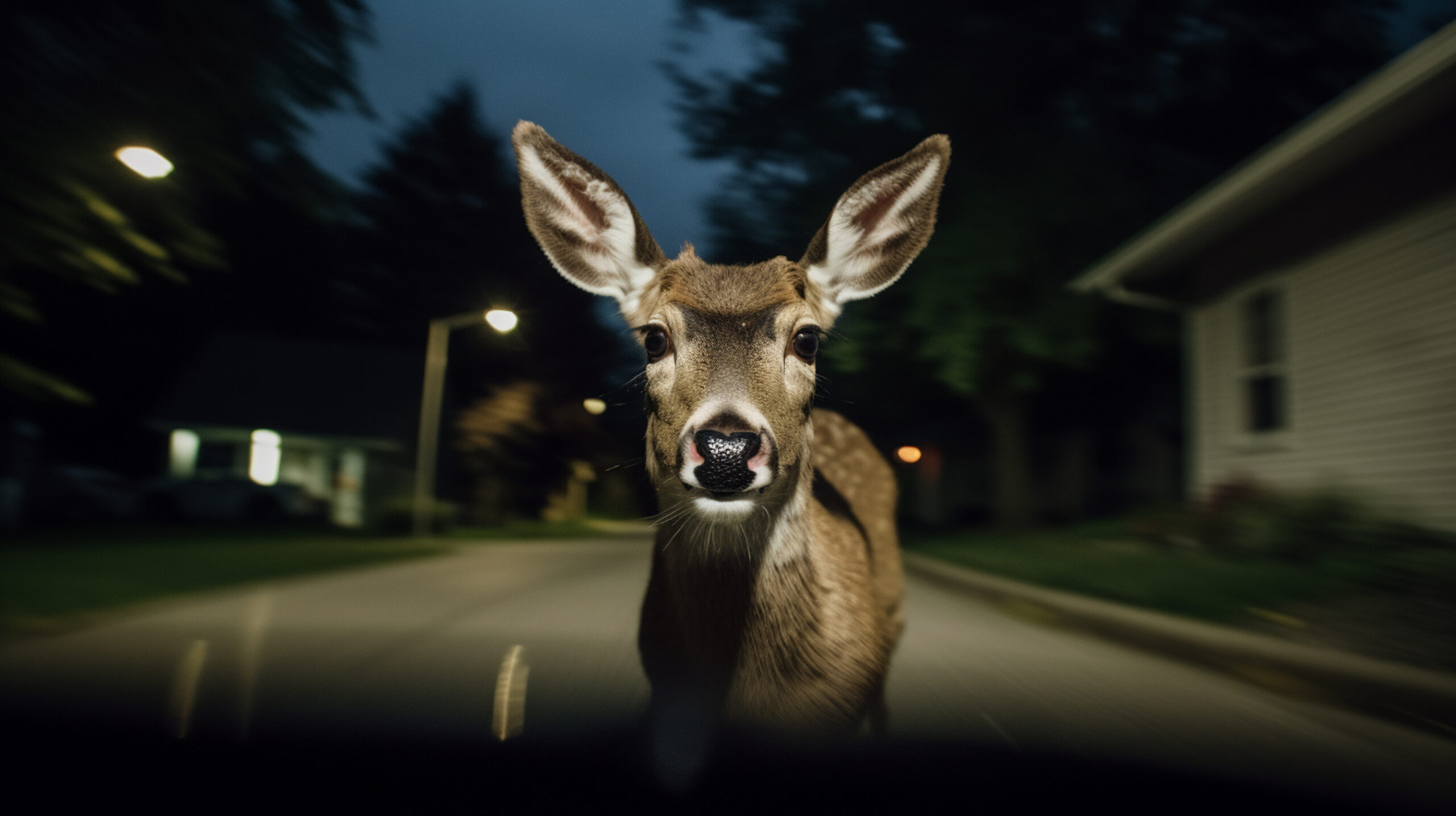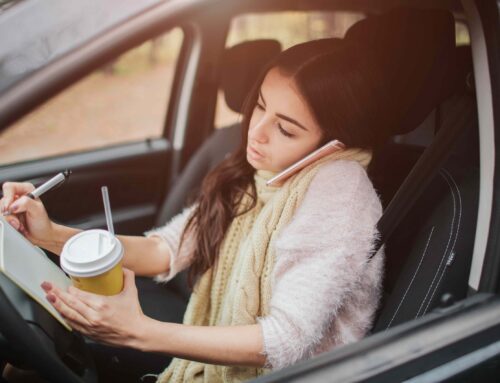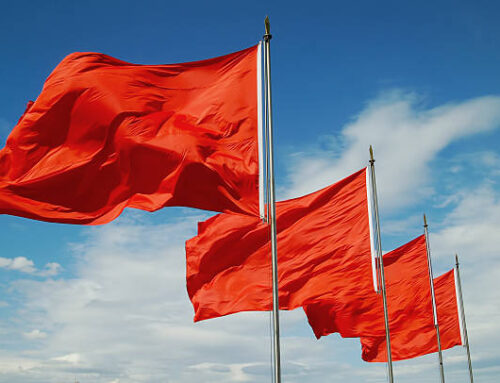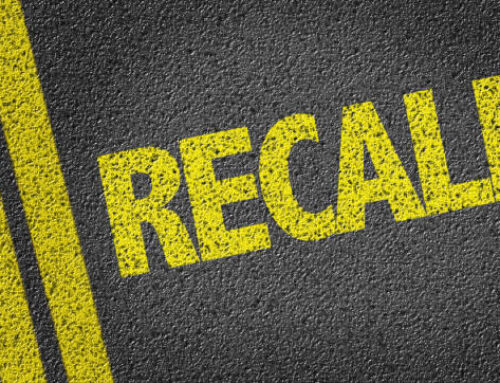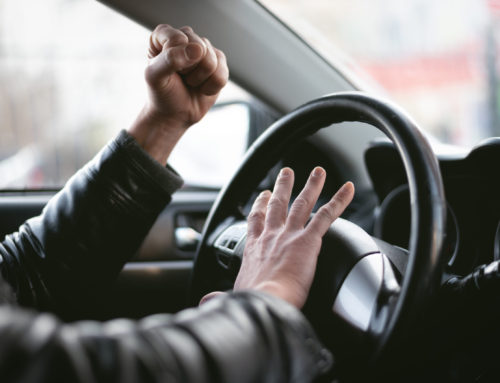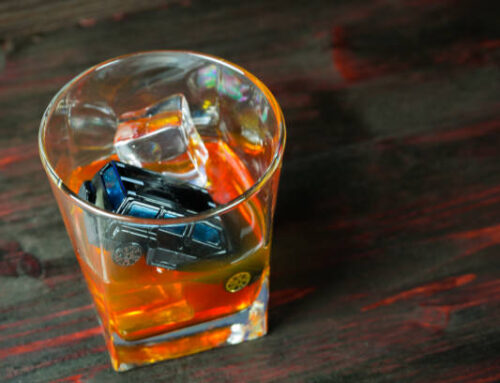It’s finally Fall, and you know what that means: deer are becoming more active, especially near the road. Getting into a car accident of any kind, including hitting a deer, can cause painful and sometimes permanent personal injuries. Read thesafety guidelines and information below to avoid hitting a deer on the road this Fall.
When Are Deer Most Active?
Deer tend to be the most active during low-light hours, which are shortly before sunrise and shortly after sunset. It’s important to exercise additional awareness and caution during these hours. However, while deer are the most active during low-light hours, it does not mean that drivers don’t have to worry about these animals at other times. Stay alert, and abide the speed limit, reducing your speed when visibility is low.
Safe Driving Tips
The last thing anyone needs is a personal injury from a car accident. Follow these safe driving tips to reduce your risk of colliding with a deer.
- Remember to pay particularly close attention during lowlight hours.
- When driving at night, always use your headlights – even if it isn’t completely dark yet. The lights will illuminate the eyes of deer and other animals nearby.
- Use your high-beams when there is no oncoming traffic for expanded visibility. However, if you see an animal on the road and are slowing down, turn your high-beams off. High-beams can cause animals to “freeze”.
- When you see a deer on the side of the road, gradually slow to a stop. The deer may dart out unexpectedly.
- If you see one deer, there are most likely more nearby. Keep this in mind after letting a deer cross the road, because more may be waiting to follow.
- Do not slam on the brakes if a deer is in the middle of the road. Reduce your speed and come to a gradual stop. Try stopping as far from the animal as possible to avoid causing it to panic.
- If you see a deer too late to avoid it, don’t swerve! This is even more dangerous than colliding with the deer. Keep going straight, reduce your speed as much as you can safely do, and hit head-on.
- If you see an injured or dead deer in or on the side of the road, find a safe place to pull over and call the police. Give them as exact a location as possible so they can remove the safety hazard.
What Should You Do After Hitting a Deer?
If you’ve hit a deer, do not panic. Calmly follow these steps.
- Safely move your vehicle out of the road, and turn on your hazard lights so that oncoming drivers can see your vehicle
- Do not exit your car if you can avoid doing so, and if you must leave the vehicle, do not go near the deer. An injured animal may panic and cause you harm.
- Call 911 to report the accident, and alert them if you or your passengers have suffered any personal injuries. It’s also important to let them know if the deer is still on the road.
- Take photos of your personal injuries and the scene of the car accident if able to do so safely.
Does Insurance Cover You After Hitting a Deer?
It depends on what kind of auto insurance policy you have. For instance, a general liability policy would not cover your personal injuries after colliding with a deer. Liability coverage only pays for damages you’ve caused to other drivers. On the other hand, most comprehensive auto insurance policies cover medical expenses for any personal injuries caused by things such as vandalism, theft, natural disasters, or hitting a deer.
However, not all insurance companies act in good faith. If your personal injuries are supposed to be covered by your insurance policy, and your insurer doesn’t follow through, you’ll need to contact a car accident attorney as soon as possible to protect you from bad faith.
If you’ve suffered a personal injury and your insurer is acting in bad faith, contact us as soon as possible to schedule your no-cost initial consultation. During your consultation, you will receive free legal advice from a skilled Kansas City personal injury lawyer near you. We’ll fight for the compensation you need.


